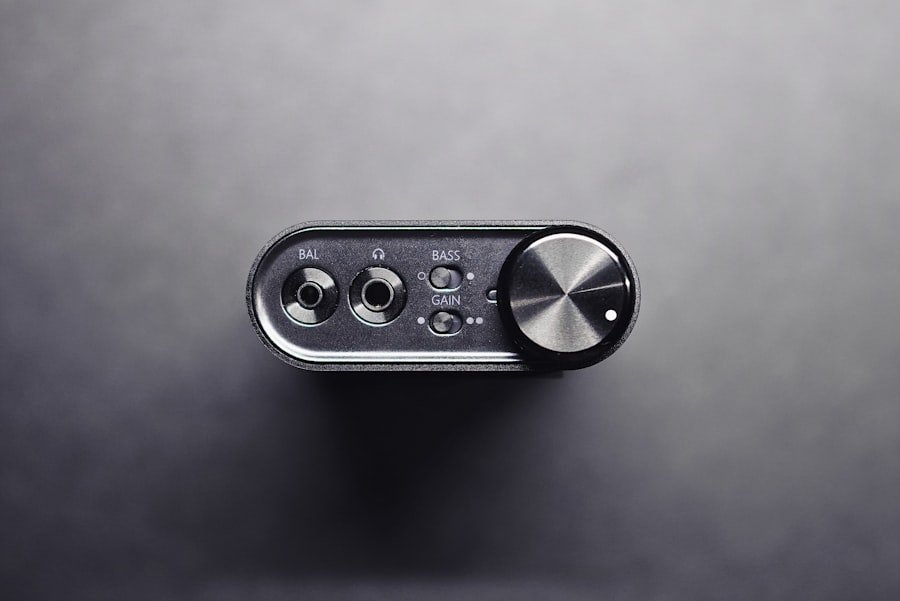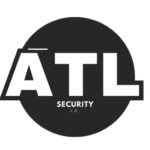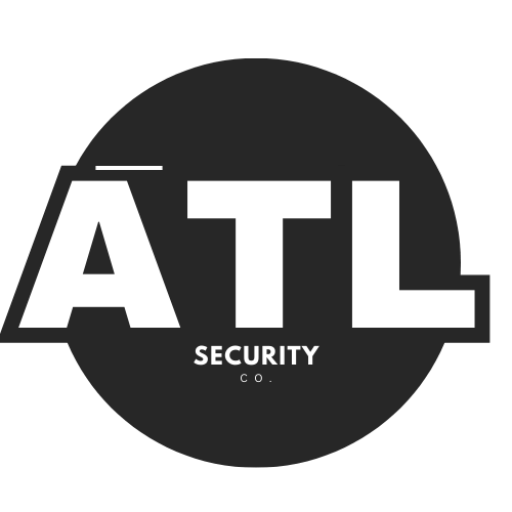When it comes to surveillance in the workplace, understanding the legal requirements is crucial. Different countries and states have their own laws about what employers can and cannot do. Generally, employers have the right to monitor their employees, but there are limits.
For instance, many places require that employees be informed if they are being watched. This means that simply putting up cameras without telling anyone could lead to legal trouble. It’s also important to know that some areas have stricter rules than others.
In some states, you might need to get consent from employees before installing cameras.
This means that if you’re a business owner, you should do your homework.
Check local laws and regulations to ensure you’re following the rules.
Ignoring these legal requirements can lead to lawsuits or fines, which can be costly for any business.
Key Takeaways
- Understanding the legal requirements is crucial for compliance with surveillance camera laws.
- Placement and installation regulations dictate where and how surveillance cameras can be installed.
- Privacy considerations must be taken into account when using surveillance cameras in public or private spaces.
- Recording and storage guidelines outline how long surveillance footage should be kept and how it should be stored.
- Access and disclosure restrictions limit who can view and share surveillance footage.
Placement and Installation Regulations
Once you understand the legal requirements, the next step is figuring out where and how to place your cameras. Placement is key to effective surveillance. You want to make sure that cameras cover important areas like entrances, exits, and common spaces.
However, you also need to be careful not to invade personal spaces.
For example, placing a camera in a bathroom or break room could be seen as an invasion of privacy. Installation also comes with its own set of rules.
Many places require that cameras be installed in a way that they are visible. This means you can’t hide them in corners or behind objects. The idea is to let employees know they are being watched, which can help deter bad behavior.
Additionally, some regulations may require that you keep a record of where cameras are placed and how they are used. This documentation can be helpful if questions arise later.
Privacy Considerations

Privacy is a big concern when it comes to workplace surveillance. Employees have a right to feel safe and secure at work, and knowing they are being watched can create anxiety. It’s essential to strike a balance between security and privacy.
For instance, while monitoring common areas is generally acceptable, watching employees at their desks or in private offices may cross a line. To address privacy concerns, consider having open discussions with your employees about surveillance policies. Let them know why cameras are in place and how the footage will be used.
Transparency can go a long way in easing worries. Additionally, think about limiting the areas where cameras are installed to only those necessary for security purposes. This shows that you respect your employees’ privacy while still keeping the workplace safe.
Recording and Storage Guidelines
Once cameras are installed, you need to think about how recordings will be handled. First off, it’s important to know how long you will keep the footage. Many laws require that recordings be stored for a specific period, often ranging from 30 days to several months.
After that time, it’s usually best practice to delete the footage unless there’s a reason to keep it longer. Storage methods also matter. You can store recordings on physical devices like hard drives or use cloud storage solutions.
Whichever method you choose, make sure it’s secure. Unauthorized access to footage can lead to serious privacy violations and legal issues. Regularly check your storage systems to ensure they are working properly and that recordings are being saved as intended.
Access and Disclosure Restrictions
Access to surveillance footage should be limited to only those who need it. This means that not everyone in the company should have access to the recordings. Typically, only managers or security personnel should be able to view the footage.
This helps protect employee privacy and keeps sensitive information secure. When it comes to disclosing footage, be cautious. If someone requests access to recordings, you need to consider why they want it and whether it’s appropriate to share it.
In many cases, sharing footage without a valid reason can lead to legal trouble. Always have a clear policy in place about who can access recordings and under what circumstances they can be shared.
Employee Notification and Consent

Notifying employees about surveillance is not just a good practice; in many places, it’s required by law. Before installing cameras, let your employees know what’s happening. This can be done through meetings, emails, or posted notices around the workplace.
Clear communication helps build trust and shows that you value their rights. In some areas, you may also need to get written consent from employees before monitoring them. This means they must agree to being recorded as part of their job.
Make sure this consent is documented properly so you have proof if needed later on. Remember, keeping your employees informed and involved in the process can lead to a more positive work environment.
Penalties for Non-Compliance
Ignoring the rules around workplace surveillance can lead to serious consequences. If you fail to comply with legal requirements, you could face hefty fines or even lawsuits from employees. These penalties can be damaging not just financially but also reputationally for your business.
In some cases, non-compliance can lead to criminal charges, especially if privacy laws are violated. It’s essential to take these regulations seriously and ensure that your surveillance practices align with the law. Regularly reviewing your policies and staying updated on any changes in legislation can help you avoid these pitfalls.
Best Practices for Compliance
To stay compliant with surveillance laws, there are several best practices you can follow. First, always keep yourself informed about local laws regarding workplace monitoring. Laws can change frequently, so regular check-ins with legal resources or professionals can help keep your business on track.
Second, create a clear surveillance policy that outlines how cameras will be used and what employees can expect. Make sure this policy is easily accessible and that all employees understand it. Training sessions can also help reinforce these guidelines.
Lastly, maintain open lines of communication with your employees about surveillance practices. Encourage them to ask questions or voice concerns about monitoring in the workplace. By fostering an environment of transparency and respect, you can create a safer workplace while also protecting your business from potential legal issues.
In conclusion, workplace surveillance is a complex issue that requires careful consideration of legal requirements, privacy concerns, and best practices for compliance. By understanding these elements and implementing thoughtful policies, businesses can create a secure environment while respecting employee rights.
FAQs
What are security camera laws for businesses?
Security camera laws for businesses refer to the regulations and guidelines that govern the use of surveillance cameras in commercial settings. These laws are in place to protect the privacy and rights of individuals while allowing businesses to use security cameras for legitimate security purposes.
What are the key considerations for businesses regarding security camera laws?
Businesses must consider factors such as where cameras are placed, how they are used, and how the recorded footage is stored and accessed. It’s important to comply with laws regarding notification of surveillance, employee privacy, and data protection.
Do businesses need to inform individuals about security cameras on their premises?
In many jurisdictions, businesses are required to inform individuals about the presence of security cameras through signage or other means. This is to ensure transparency and give individuals the opportunity to make an informed decision about entering the premises.
What are the consequences of not complying with security camera laws?
Failure to comply with security camera laws can result in legal consequences, including fines and potential lawsuits. Non-compliance can also damage the reputation of a business and erode trust with customers and employees.
How can businesses ensure compliance with security camera laws?
Businesses can ensure compliance with security camera laws by familiarizing themselves with relevant regulations, seeking legal advice if necessary, and implementing best practices for the use of surveillance cameras. This may include conducting privacy impact assessments and establishing clear policies for camera use and data management.





